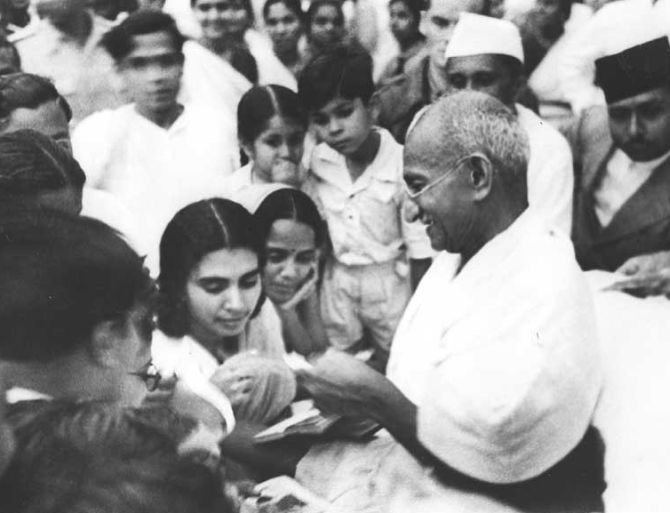Free Courses Sale ends Soon, Get It Now


Free Courses Sale ends Soon, Get It Now



Disclaimer: Copyright infringement not intended.
Context
Vaikom Award
About Periyar
Role in national movement and social welfare
About Vaikom Satyagraha
Causes
The movement
Reach of the movement
Impact
|
PRACTICE QUESTION Q) Discuss the significance of the Vaikom Satyagraha in national movement and social welfare. (150 words) |
© 2024 iasgyan. All right reserved